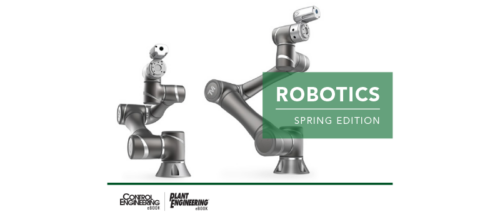Insectlike ‘microids’ might walk, run, work in colonies, says Purdue University
Miniature, insectlike robots might have more dexterity than previously thought and scavenge energy from surroundings, says a Purdue University researcher.
Miniature, insectlike robots might have more dexterity than previously thought, leading to "microids" the size of ants that move tiny legs and mandibles using solid-state "muscles," according to advanced computer simulations from a Purdue University researcher. See more, diagram.
Such robots also might be able to "scavenge vibrational energy" from the environment to recharge their power supply, according to Jason Clark, an assistant professor of electrical, computer and mechanical engineering at Purdue University. Prior designs of microscale robots have meshed complex moving parts, which subjects them to wear from friction and dust-particle jamming, he said.
"The complex moving parts ultimately limit their lifetime and confine their use to a controlled laboratory environment," Clark was quoted in a Purdue University story by Emil Venere. "Because the microids are solid state without any discrete parts such as gears that wear due to frictional contact, they will likely be long-lasting and robust. If a microid were stepped on, it would probably just get up and walk away," Clark was quoted as saying.
Learn more about the research and a related patent at Purdue University microids .
Also read from Control Engineering , Swarm robotics: Debugged naturally for 120 million years .
Blog: AIMing for Automated Vehicles .
– Edited by Mark T. Hoske, editor in chief, Control Engineering , www.controleng.com.
Do you have experience and expertise with the topics mentioned in this content? You should consider contributing to our CFE Media editorial team and getting the recognition you and your company deserve. Click here to start this process.



